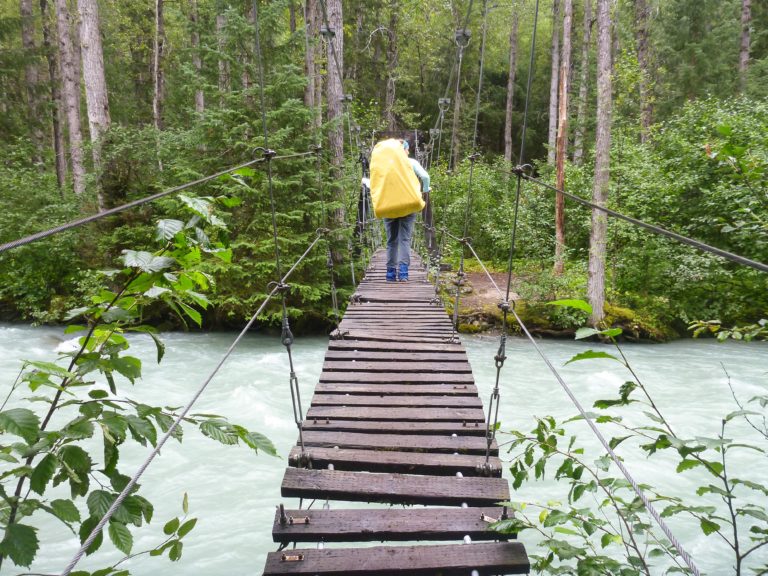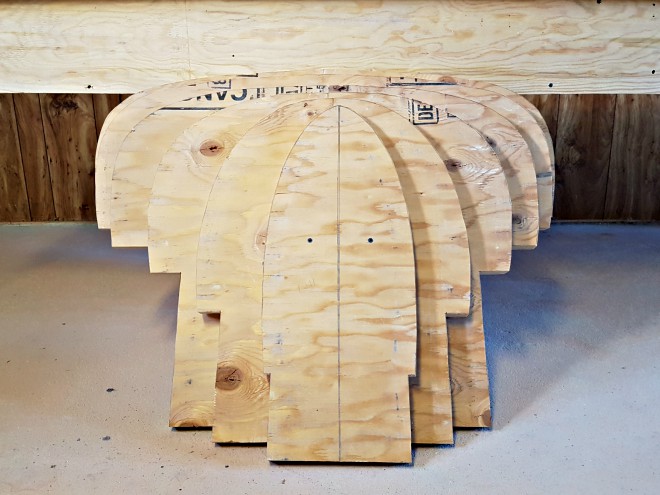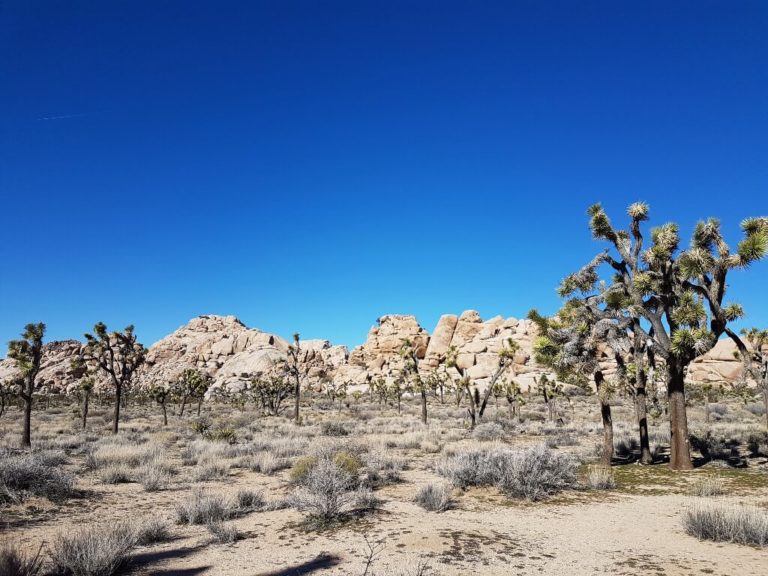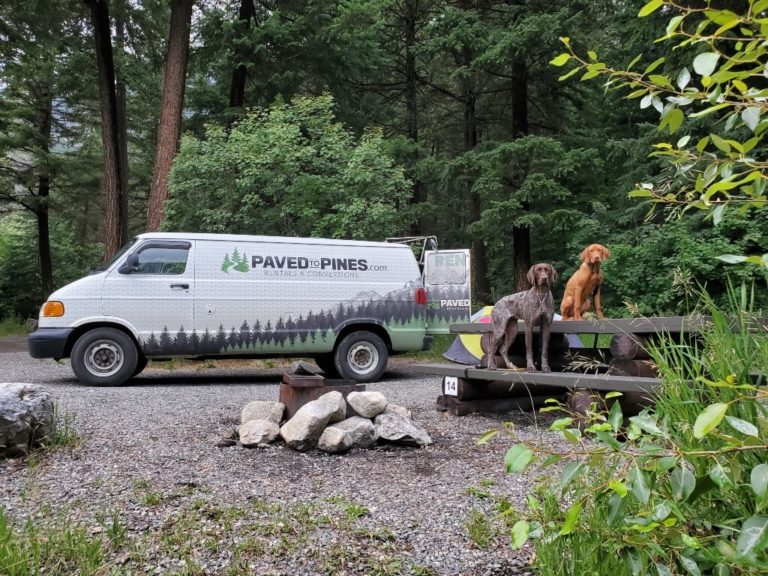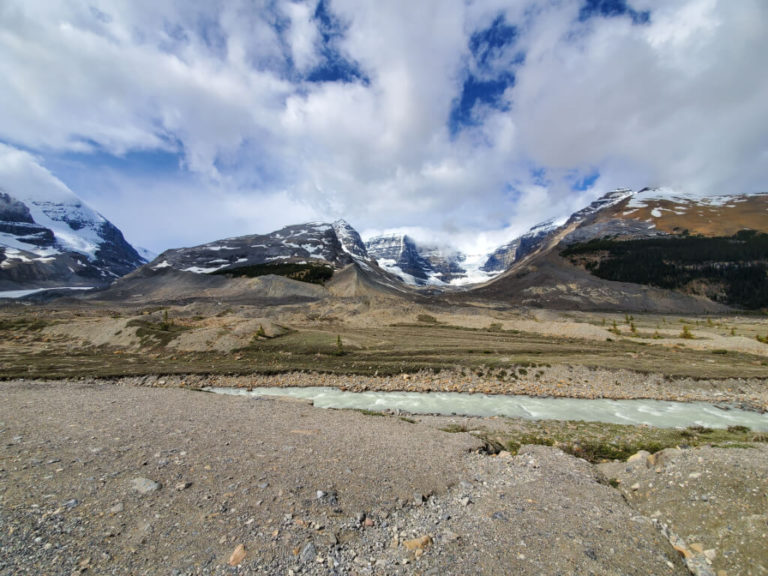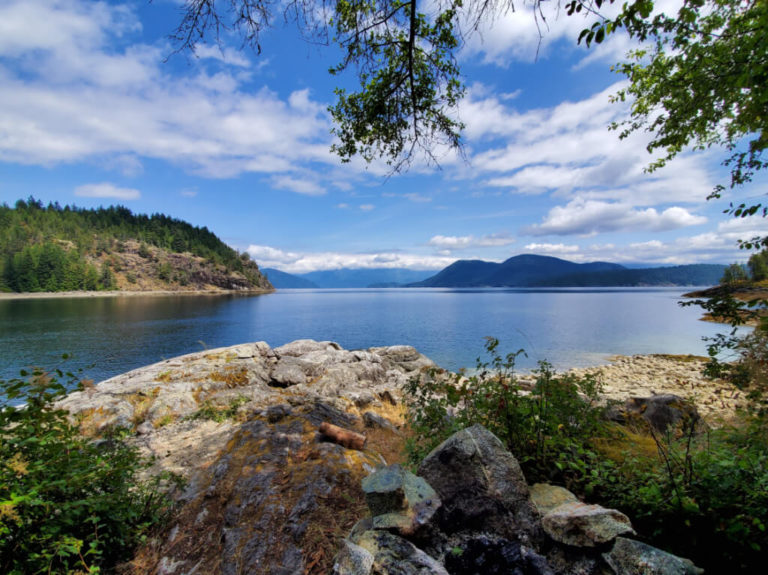BACKCOUNTRY PADDLING 101: ESSENTIAL GEAR FOR CANOE AND KAYAK CAMPING
Welcome to Backcountry Paddling 101, a series of posts designed to help you get away from it all, find solitude, and have an adventure whether by canoe, kayak, paddleboard, or raft.
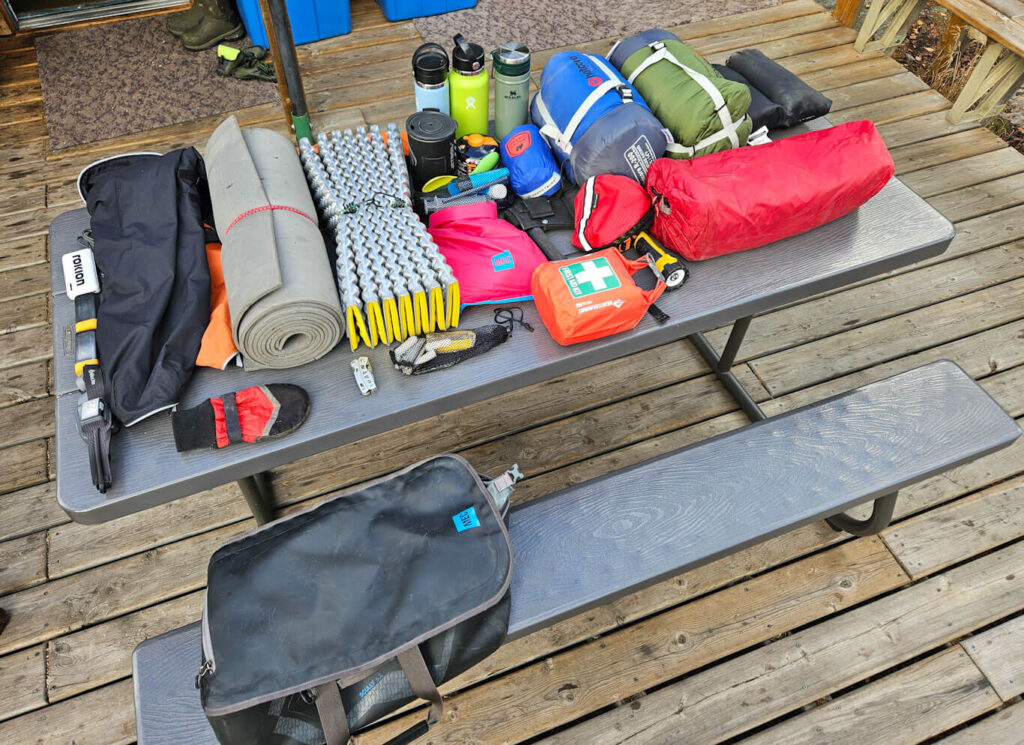
In my previous post, I went over the importance of trip planning and some tips and tricks for that stage of a wilderness trip.
This post may include affiliate links. As an Amazon Associate I earn from qualifying purchases. Find more info in my privacy policy.
Today, we’ll be talking all about essential gear for backcountry paddling.
For more on everything you need to know about backcountry paddling, check out the other posts in the series:
BACKCOUNTRY PADDLING 101: TRIP PLANNING
BACKCOUNTRY PADDLING 101: PREPARING FOR YOUR TRIP
BACKCOUNTRY PADDLING 101: SAFETY CONSIDERATIONS
BACKCOUNTRY PADDLING 101: LEAVING NO TRACE AND LESSENING YOUR IMPACT
Having the right gear (and knowing how to use it) can make or break a trip. Proper gear will help keep you warm, dry, comfortable, and safe.
Below you’ll find a list of recommended gear for your adventure – broken down into the various aspects of a multi-day trip. You’ll also find useful notes and tips that will make gearing up even easier.
PADDLING AND PORTAGING GEAR
Obviously, you’ll need a way to get yourself to, from, and on the water, as well as over portages if your route requires. Bare minimum is a boat and paddle, but there are a few other things you may want.
- Watercraft – multi-day trips can be done by kayak, canoe, SUP, or packraft.
- Paddle – you won’t get far without one.
- Extra paddle – in case you lose your main paddle.
- Rope – to tie off your boat or board.
- Spray skirt – useful in cold conditions or where spray, waves, or whitewater is common.
- Portage cart – optional, but can help if you are unable to carry your watercraft.
- Storage bags or barrels – to keep the rest of your gear organized and dry. Backpacks and convertible dry bags are useful for transporting and portaging. A variety of drybags may be necessary to keep things easily accessible.
- Car rack – for getting to/from the water.
SAFETY GEAR FOR PADDLERS
When gearing up for a backcountry trip, safety gear is essential. Be sure that you know how to properly use these items, that you know where they are stored, and that you test safety gear before heading out on the water.
A brain full of knowledge can be one of the best pieces of safety “gear” – classes and courses on paddling technique, wilderness first aid, navigation, wilderness survival, and emergency preparedness can go a long way to not only avoiding a dire situation but having the know-how and skills to deal with one that arises.
Check local regulations as there are often certain items that are required by law. Otherwise, this list is a great place to start:
- PFD – your lifejacket is the most important piece of safety gear. Take it, wear it.
- First aid kit – if using a pre-made kit, make sure you know what’s in it and that it has everything you need. Alternatively, you can DIY a kit. See my post on building out your own first aid kit.
- Personal medications – it’s a good idea to take extra, in case of delays.
- Pump or bailer – in case you have water where you don’t want it.
- Signaling devices – whistle, mirror, flares can all work, depending on the situation and time of day. Redundancy and taking more than one is always a great choice.
- Waterproof flashlight or headlamp – for use in low-light or low-visibility conditions.
- Helmet – recommended in rough waters.
- Throw bag – with at least 15m (50 feet) of buoyant heaving line.
- Personal locator device – good to have if you’ll be remote. SPOT and Garmin inReach are both good options.
- Rope – for hanging food or bear-proof canisters, as well as many other uses.
- Bear spray – or other animal deterrent, depending on the area you are traveling in.
- Emergency food rations – take an extra day or more of food above what you plan for the trip.
- Repair kit – duct tape, extra batteries, repair kits/sealants for tent, stove, watercraft, etc.
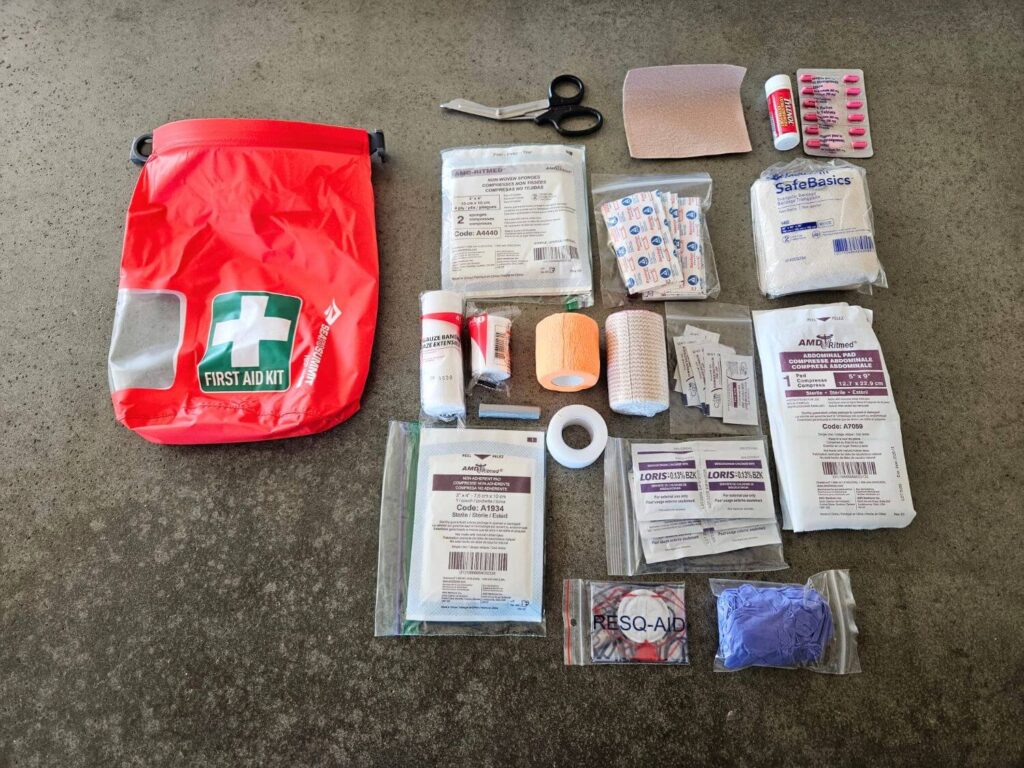
NAVIGATION ESSENTIALS
Depending on the environment in which you are paddling, route-finding and navigation may be necessary.
Remember that electronics can fail and batteries die. It’s a good idea to have a backup if you are relying on GPS. Knowing how to read a map and compass is essential.
Some of the basics you’ll want to take include:
- Topographic map
- Compass
- GPS – we use a Garmin Montana 700. Opt for the version with inReach capabilities built in to cover all your bases in one device.
- Watch
- Binoculars
CLOTHING FOR PADDLERS
What you wear on your trip will be influenced by water and weather conditions, as well as personal preferences.
Remember to pack clothing for paddling, for around camp, and for nighttime.
Loose-fitting clothing is easier to move in and more comfortable for paddling. Avoid cotton as it does not wick moisture or dry well. Dress in layers to make it easy to adjust as conditions change throughout the day.
I recommend packing everything in drybags to ensure you have nice dry clothes available at the end of the day.
This list contains a range of items for various situations:
- Socks and undies
- Clothing for sun protection – hat, sun shirt, UV clothing, buff.
- Clothes for staying dry – rain gear top/bottom, dry top and pants, full dry suit.
- Clothes for staying warm – neoprene clothing, wetsuit, warm hat, insulating layer (wool or fleece), gloves or pogies, neoprene booties.
- Top – bathing suit, tank/t-shirt, long-sleeved shirt, sun shirt, wool or fleece insulating layer, waterproof layer.
- Bottom – bathing suit, shorts, long pants or leggings, wool or fleece insulating layer, waterproof layer.
- Bug-proof clothing – if you’re sensitive to bites or heading out in a particularly bad bug season.
- Footwear – hiking boots for portaging, sandals or other camp shoes, neoprene boots for paddling.
GEAR FOR WATER, FOOD, AND MEAL PREP IN THE BACKCOUNTRY
The specific gear you need for cooking will vary with your backcountry meal style.
You could take a small camp stove (like a Jetboil) and stick to just-add-water dehydrated meals; or you could make an elaborate gourmet feast that requires pots, pans, and longer cook times.
Knowing your meal plan will make choosing gear easier. Also, keep in mind you’ll have to haul all that gear over portages so plan accordingly.
I always recommend treating all water in the backcountry. Make sure you know what water sources are available before heading out.
My essentials include:
- Water container – jugs, bladders, or bottles.
- Water treatment – filter, purification drops/tablets, or a system for boiling.
- Camp stove and fuel – don’t rely on being able to cook over a campfire.
- Cookware – will depend on type of food you take and method of prep.
- Utensils
- Bowls and Cups
- Food
- Cooler bag – optional, take one if space allows and you’re taking fresh food
- Biodegradable soap
- Dishcloth
- Container – for doing dishes
- Garbage bag – to pack out waste. You’ll want to use an old dry bag or thicker, resealable bags for trash. Regular kitchen trash bags will just rip and leave you with a mess.
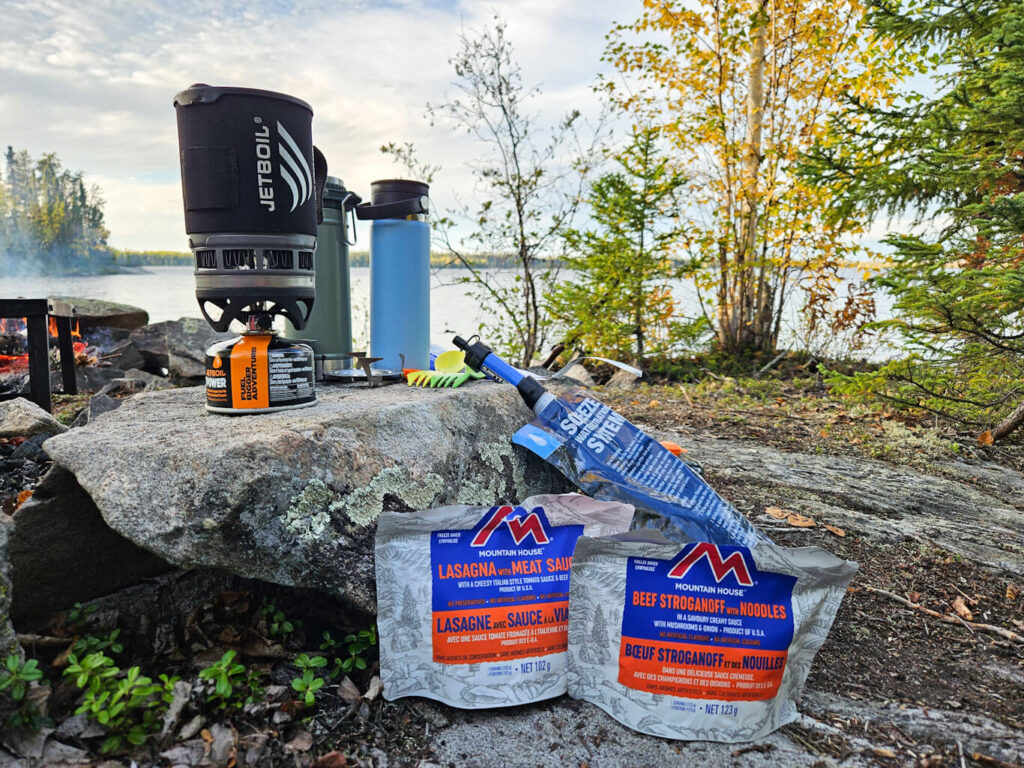
CAMPING GEAR
Spending the night in the backcountry requires your typical camping gear, as well as a few items that are specific to more remote locations (like a toilet kit).
Comfort level can be amped up with items like camp chairs and folding tables if space and weight aren’t an issue.
Things you’ll want include:
- Tent – or other shelter (tarp/rope, hammock, bivy sack).
- Sleeping bag – that will keep you warm in nighttime temps; pack in a drybag to ensure a warm, comfortable sleep.
- Sleeping pad
- Pillow
- Fire kit – waterproof matches, lighter(s), flint, fire starter (tampons work great for this!).
- Headlamp – for around camp and in the tent.
- Knife/multitool
- Toilet Kit – trowel, toilet paper and/or pee rag, hand sanitizer, baby wipes, pads/tampons/menstrual cup, disposal bag for waste.
- Toiletries – deodorant, toothbrush, toothpaste, chapstick, hairbrush, biodegradable soap, wipes, and any other items you like to have along.
- Towel
- Bug spray
- Sunscreen
- Earplugs
- Eye mask
OTHER ITEMS
There are a number of additional items that you may want to take along.
Some are more necessary than others, like a trip plan and any permits you are required to have.
The other items on the list are more hobby-related or for entertainment and what you take will depend on your interests.
- Wallet/cash/credit cards/ID
- Permits
- Trip Plan – with emergency contact info
- Phone
- Battery backup or solar charger
- Sunglasses
- Journal and pen
- Camera with mounting gear/tripod
- Fishing gear and licence
- Book, cards, games
- Hammock with tree straps – nice to have somewhere to lounge, even if you prefer to sleep in a tent
TIPS AND TRICKS
The amount, type, and variety of gear you take along on your adventure will depend on personal preferences, length of trip, and the environment you’ll be paddling in. Keep in mind that your particular trip may require you add to (or subtract from) what I’ve provided here.
Check that all your gear is in good working order and that you know how to operate it BEFORE you’re on the water.
Keep yourself legal. Do some research and find out what equipment is legally required in the area in which you are paddling.
Stay safe in bear country by packing anything with a scent (including toiletries, etc.) in your food cache that will be hung, placed in a bear locker, or stored well away from your sleeping space.
Backcountry paddling requires a lot of gear and that gear is often expensive. To keep costs down, consider sourcing items from gear swaps, rental shops, sale racks, or by borrowing from a friend. Just make sure items are in good condition before borrowing or when buying used.
The best gear isn’t necessarily the most expensive gear. Do some research and buy what’s functional and good quality, not just what has the biggest price tag.
Having said that, quality gear will last longer, require replacement less often, and be more reliable. Splurging on some items can work out better in the long run.
Some of my favourite shops to find good quality paddling and camping gear include:
For more on everything you need to know about backcountry paddling, check out the other posts in the series:
BACKCOUNTRY PADDLING 101: TRIP PLANNING
BACKCOUNTRY PADDLING 101: PREPARING FOR YOUR TRIP
BACKCOUNTRY PADDLING 101: SAFETY CONSIDERATIONS
BACKCOUNTRY PADDLING 101: LEAVING NO TRACE AND LESSENING YOUR IMPACT

